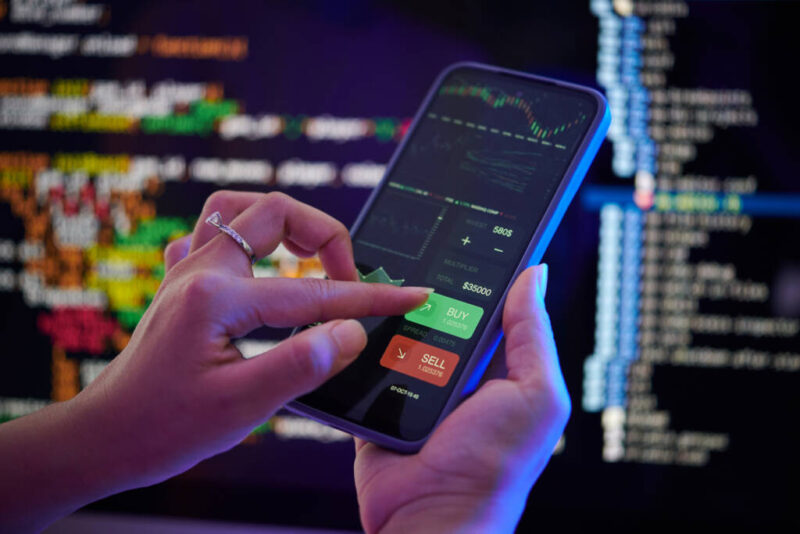In the fast-paced world of financial markets, automated trading software has emerged as a tantalizing alternative for traders seeking to capitalize on opportunities with speed and precision. Yet, as these algorithms become increasingly sophisticated and widely adopted, the question arises: can you truly trust them? While the allure of potential profits beckons, lurking beneath the surface are risks that can catch even the most seasoned traders off guard.
From software glitches to market anomalies, the realm of automated trading is rife with uncertainties. In this article, we will explore the critical considerations you need to keep in mind when evaluating automated trading solutions, as well as essential safety tips to safeguard your investments and ensure that you navigate this dynamic landscape with confidence.
Prepare to delve into the complexities of trust in technology, and discover the measures you can take to protect yourself in this evolving financial frontier.
Understanding Automated Trading Systems

Understanding automated trading strategies involves delving into the intricate world of algorithms that operate at lightning speed, executing trades based on defined parameters and market conditions. These systems, a blend of sophisticated mathematical models and programming, can analyze vast datasets—far more than a human ever could.
They react to market movements in real time, capitalizing on fleeting opportunities that last only seconds. However, while the allure of automation promises efficiency and precision, it also carries risks.
The very algorithms designed to enhance trading performance can falter under volatile conditions or market anomalies. Thus, familiarity with how these systems and their underlying automated trading strategies function is paramount; grasping their mechanics allows traders to harness their potential while mitigating the inherent risks
How Does Automated Trading Work?
Automated trading operates through the use of sophisticated algorithms designed to execute trades at lightning speed, often based on predefined criteria and real-time market analysis. These systems can analyze vast amounts of data in mere seconds, absorbing technical indicators, market trends, and even social media sentiment.
As they process this information, they make split-second decisions to buy or sell assets, which can significantly capitalize on fluctuations that a human trader might miss. The heart of automated trading lies in its ability to eliminate emotional biases and inefficiencies, allowing for a level of precision that caters to individual trading strategies, whether theyre focused on day trading, arbitrage, or long-term investments.
However, while the mechanics seem seamless and efficient, its essential to recognize that automated trading is not infallible; it operates within the constraints of its programming and market conditions, demanding regular monitoring and adjustments by the trader.
The Risks Involved in Automated Trading

Automated trading, while appealing for its efficiency and potential for high returns, carries a multitude of risks that traders should meticulously consider. The reliance on algorithms can foster complacency; traders might neglect to monitor market conditions or stay informed about economic events that can dramatically influence outcomes.
Moreover, glitches in the software or unexpected market volatility can lead to significant losses in a matter of moments. Oftentimes, these systems are only as good as the data fed into them—rendering them vulnerable to sudden market shifts that historical data cannot predict.
Additionally, the allure of constant trading might encourage over-leverage, stacking the odds against you in an environment where the stakes are already high. In essence, while automation can enhance trading strategies, a prudent approach requires a keen awareness of these inherent pitfalls, ensuring you don’t place your financial future solely in the hands of technology.
Conclusion

In conclusion, while automated trading software offers the potential for increased efficiency and data-driven decision-making, it is essential for traders to approach these tools with caution. Understanding the underlying algorithms and maintaining control over your trading strategies will help mitigate risks associated with automated trading.
By implementing key safety tips such as thorough research, using risk management techniques, and regularly monitoring performance, traders can create a more secure environment for their investments. Ultimately, while automated trading strategies can be beneficial, ensuring your own diligence and awareness is crucial in navigating the complexities of the financial markets.


